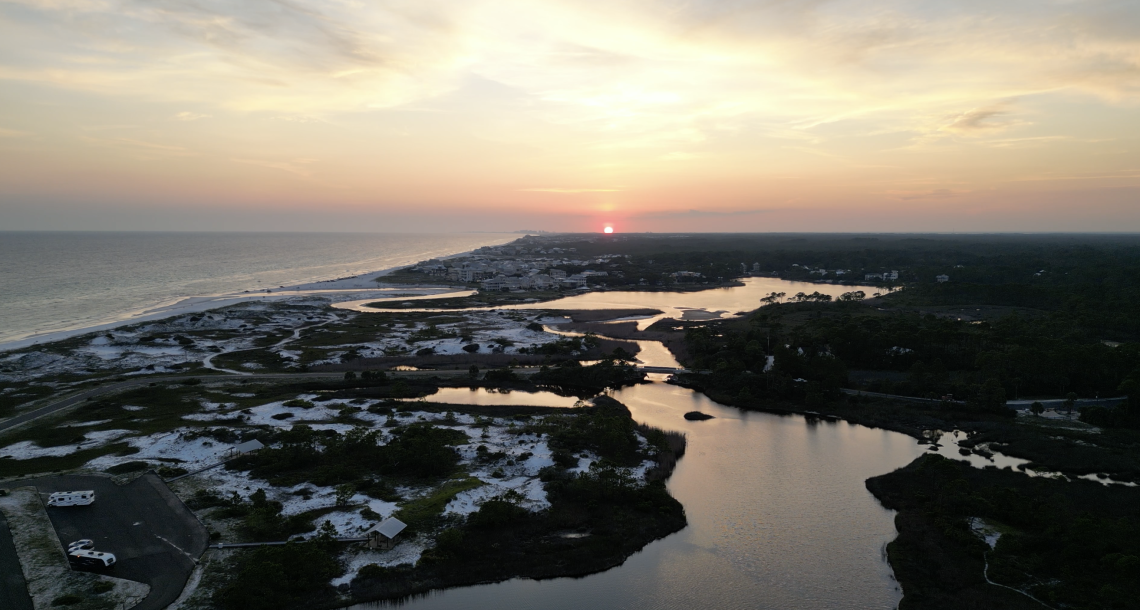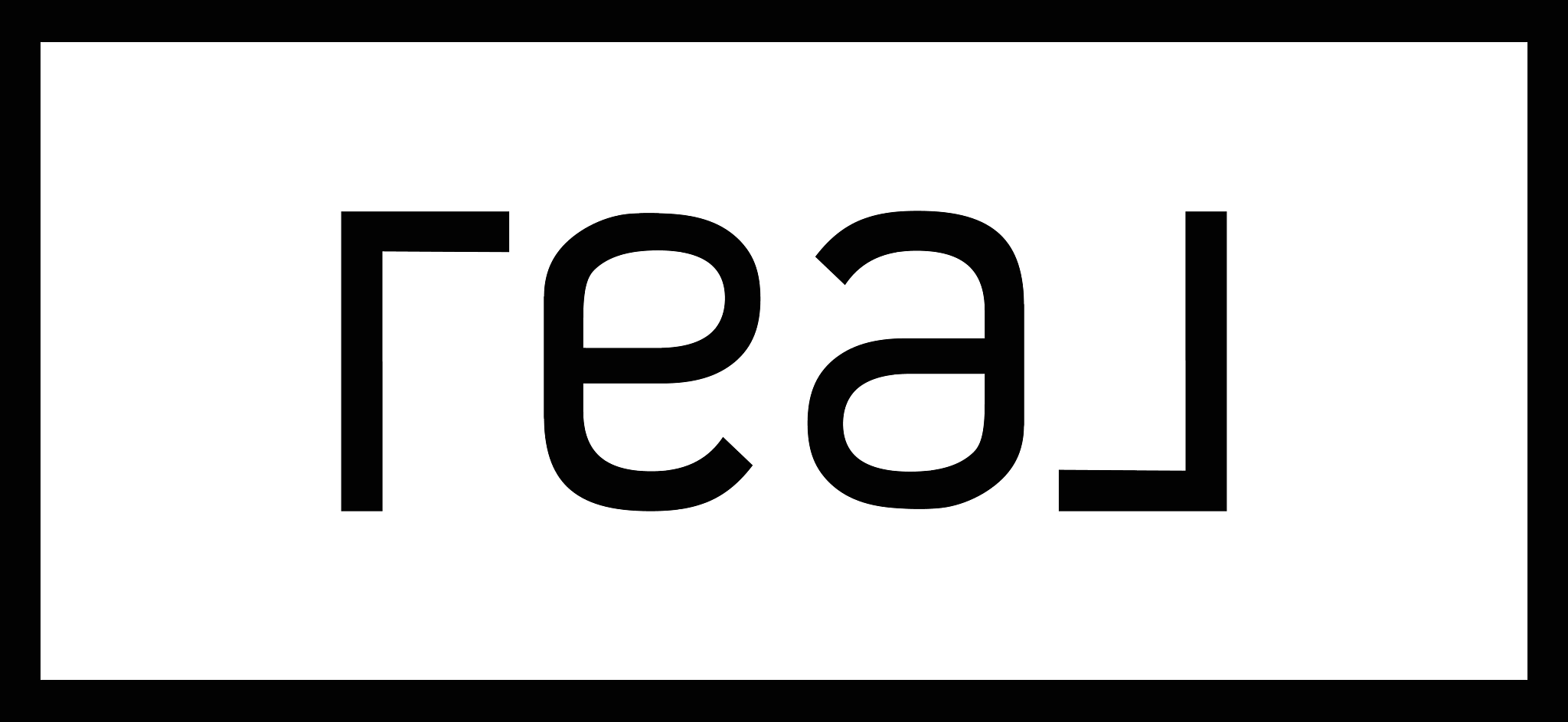30A Flood Zones Explained: Flood Risk & Insurance Costs for Coastal Homes
Purchasing a home on scenic 30A brings with it the promise of sunny days, white sand, blue water, and that laid‑back coastal lifestyle. But living where you’re steps from the Gulf of America also means you’ll need to understand FEMA’s flood zones—and what they mean for your home’s risk profile and insurance costs. This is a question I get with almost every client I serve. In this in‑depth guide, we’ll break down the flood zones you’ll encounter when shopping for 30A real estate and show you how each zone affects risk, insurance premiums, mortgage requirements, and even resale value. Whether you’re eyeing a Rosemary Beach bungalow or a Seaside townhome, this expert yet friendly overview will help you make informed decisions—and keep your family and investment protected.
Understanding FEMA Flood Zones: The Basics of 30A Flood Risk
The Federal Emergency Management Agency (FEMA) classifies properties into flood zones based on their likelihood of flooding during severe weather events. These classifications directly impact both your safety and your wallet:
Zone VE (Coastal High‑Hazard Area): Waves at least three feet high expected with a 1% annual flood chance
Zone AE (Special Flood Hazard Area): 1% annual flood chance (1-in-100‑year flood), but typically without high‑velocity wave action
Zone AO (River or Shallow Flooding Area): 1% annual flood chance, shallow flooding
Zone X (Moderate‑to‑Low Risk): Areas outside the 1% floodplain; subdivided into shaded (0.2% annual chance) and unshaded (minimal risk)
Zone D (Unstudied Area): Possible but undetermined flood risk
On 30A, you’ll mostly encounter VE, AE, and X zones. Let’s look at each in turn—and what they mean for homes in Rosemary Beach, Seaside, WaterColor, Watersound, Grayton Beach, and Seagrove Beach.

VE Zones on 30A: Coastal High‑Hazard Areas
What Is Zone VE?
Zone VE properties sit in FEMA’s “Coastal High‑Hazard Areas,” where wave action during a 1% annual chance flood can reach at least three feet. On 30A, dunes and barrier islands line much of the shoreline—so any beach‑front or near‑shore construction often falls under VE.
Risk Profile
Wave Action: Structures here must withstand wave‑driven loads, not just standing floodwaters.
Erosion Potential: Beaches shift over time; dunes can rebuild or erode rapidly.
Storm Surge: VE zones also factor in near‑shore surge, making them the most vulnerable.
Insurance Implications
Mandatory Flood Insurance: If you have a federally backed mortgage, you’ll be required to carry NFIP flood insurance.
Higher Premiums: VE premiums can be double or triple those in AE, reflecting their greater risk.
Elevation Certificates: Raising your home above Base Flood Elevation (BFE) can reduce premiums significantly—but construction costs in VE zones are higher due to the need for pilings and reinforced foundations.
AE Zones on 30A: Special Flood Hazard Areas
What Is Zone AE?
Zone AE covers areas with a 1% annual chance of flooding—think “100‑year floodplain”—but without the intense wave action of VE. Many properties just inland from the beach or alongside coastal lakes and bays will fall under AE.
Risk Profile
Flood Depth: Shallow to moderate standing water up to several feet.
Inland Flooding: Heavy rains can overwhelm drainage, plus back‑bay surge during hurricanes.
Variable Terrain: The elevation difference between beachfront and inland can be just a few feet, so small grade changes matter.
Insurance Implications
NFIP Required: Federal loans demand insurance in AE zones, and many lenders will require it even on conventional loans.
Premium Range: Expect lower premiums in this zone than VE zoned homes. Variables include elevation, building age, and whether you’ve purchased Preferred Risk policies.
Mitigation Credits: Elevation certificates, flood vents, and flood-proofing can yield credits—sometimes reducing premiums by 20–30%.
AO Zones: Shallow Flooding Areas
While less common along 30A’s sandy corridor, AO zones—characterized by shallow, sheet‑flow flooding at depths of one to three feet—can occur near coastal dune swales and low‑lying inland spots.
Insurance Complexity: Flood depths are shallow, but insurance premiums may mirror AE rates if local mapping is limited.
Site‑Specific Risk: AO zones require careful site surveys to understand where water pools during heavy rainfall.
X Zones: Moderate‑to‑Low Risk
Zone X encompasses areas with a 0.2% annual chance of flood (shaded X) and minimal risk areas (unshaded X). On 30A, many neighborhoods—particularly those further inland or on higher ground—fall into X.
Risk Profile
Reduced Flooding: Less than 1% chance per year of flooding.
Localized Events: Flash floods from inland storms or poor drainage can still occur.
Insurance Implications
Usually Optional: Lenders won’t force flood insurance in X—but remember that “optional” doesn’t mean “unnecessary.”
Lower Premiums: Voluntary policies here can cost $400–$800/year for a $500,000 home.
Peace‑of‑Mind: For 30A property values, most savvy buyers still opt for coverage.
Zone D and Other Unstudied Areas
Zone D properties lack sufficient study data. On 30A, small patches might remain uncharted, though FEMA’s most recent maps have largely filled in gaps.
Uncertain Risk: Properties in Zone D can surprise you—an elevation certificate and soil study may be prudent.
Insurance Rates: Carriers treat these as high‑risk until data improve, so premiums can be similar to AE or even VE rates.

Flood Insurance 101: NFIP vs. Private Market on 30A
When shopping for 30A real estate, understanding your insurance options is key:
National Flood Insurance Program (NFIP):
Standardized Rates: Set by FEMA; subsidized for older buildings in high‑risk zones.
Coverage Limits: $250,000 building / $100,000 contents per policy.
Waiting Period: 30‑day wait from purchase to effective date.
Private Flood Insurance:
Higher Coverage Options: Up to full replacement cost of high‑end beach homes.
Potentially Lower Rates: If your home has favorable risk factors (elevation, construction type).
Faster Binding: No mandatory waiting period, though some insurers impose one.
Cost Drivers on 30A
Elevation Above BFE: Each foot above BFE can lower premiums by hundreds or thousands of dollars.
Foundation Type: Piling‑supported homes often get credits due to reduced flood impact.
Floodproofing Features: Flood vents, breakaway walls, and materials that resist water damage can earn credits.
Community Rating System (CRS): If your municipality—like Walton County—participates in CRS and scores well, all residents enjoy lower NFIP rates.
Mortgage Requirements and Lender Considerations
If you’re financing a 30A home purchase…
Mandatory Insurance Zones: Federal‑backed loans trigger mandatory flood insurance in VE, AE, AO, and sometimes Zone D.
Private Lenders: Even without FHA/VA backing, many institutions require flood policies for any coastal purchase.
Escrow Accounts: Expect lenders to escrow your flood insurance premiums alongside property taxes and homeowners insurance.
Skipping or underinsuring a high‑risk property can lead to loan default or even foreclosure if you can’t cover flood damages.
How to Assess Your Home’s Flood Risk on 30A
Buying any coastal property means digging deep into risk data. Here’s your pre‑purchase checklist:
Consult the FEMA Flood Map Service Center: Enter the address for zone designation and Base Flood Elevation (BFE).
Order an Elevation Certificate: Conducted by a licensed surveyor, this document verifies your home’s height relative to BFE—critical for accurate insurance quotes.
Review Walton County CRS Rating: A CRS score of 7 or higher (common in 30A communities) can net you a 10–20% NFIP premium credit.
Inspect Foundation and Utilities: Ensure critical systems (HVAC, electrical panels) sit above BFE or are properly floodproofed.
Talk to Neighbors: Local knowledge of past flood events often reveals little‑known vulnerabilities—especially in zones where FEMA data lag behind reality.
Mitigation Measures: Reducing Risk & Premiums
Lowering your flood risk not only protects your home but can also earn you insurance savings:
Elevate Your Home: Raising your structure—even by 1–2 feet—yields substantial premium discounts. On 30A, piling construction is common practice.
Install Flood Vents: These allow water to flow through crawlspaces, equalizing pressure and reducing structural damage—and insurance companies reward them.
Use Flood‑Resistant Materials: Concrete board, moisture‑resistant insulation, and marine‑grade hardware can limit damage and expedite post‑flood repairs.
Maintain Natural Buffers: Dune preservation and coastal vegetation not only look great—they help absorb wave energy and minimize erosion.
Buying Smart: Tips for Navigating 30A Flood Zones
Balance View vs. Vulnerability: A beachfront panorama in Zone VE carries the highest premiums—but those views command top dollar. Discuss with your insurance agent whether a private carrier can offer better terms.
Look Inland for Value: Homes just off the beach in Zone AE or shaded Zone X may save you $5,000–$10,000/year in insurance. With 30A’s short commutes, you still enjoy quick beach access.
Plan for Resale: Buyers increasingly weigh insurance costs when choosing coastal homes. A well‑mitigated, elevated house in AE or X often outperforms a cheaper VE property at resale.
Factor in Maintenance Costs: Flood‑resistant construction and mitigation features require upkeep. Budget for annual inspections of pilings, vents, and waterproofing systems.
Leverage Local Expertise: Andy Beal and other 30A real estate professionals have extensive relationships with local surveyors, coastal engineers, and flood‑insurance specialists. Use their network to smooth your transaction.
Wrapping Up: Secure Your 30A Home with Confidence
Investing in a 30A home means embracing seaside living at its very best—and that starts with understanding your flood‑zone risk and insurance options. By knowing whether you’re in a VE, AE, AO, X, or even Zone D area, you’ll be able to:
Assess True Risk: Pinpoint your home’s exact flood vulnerability using FEMA maps and an elevation certificate.
Optimize Insurance Costs: Choose between NFIP and private policies, leverage mitigation credits, and take advantage of Walton County’s CRS discounts.
Plan for the Future: Incorporate flood‑resilient design—like piling foundations, flood vents, and durable materials—to protect both your property and your bottom line.
Ready to find your perfect 30A retreat—and make sure it’s as safe as it is stunning?
Schedule a call today for a personalized consultation. Whether you’re eyeing a beachfront bungalow in Seaside, a cozy cottage in Grayton Beach, or an inland gem in Watersound, I'm happy to provide guidance and connect you with leading insurance providers in our area to make your home and investment as safe as it is beautiful!
Ready to Make Your Beach Dreams a Reality?
Schedule a Call Today.
We're here to offer guidance and expertise leading you to achieving your goals on 30A!




